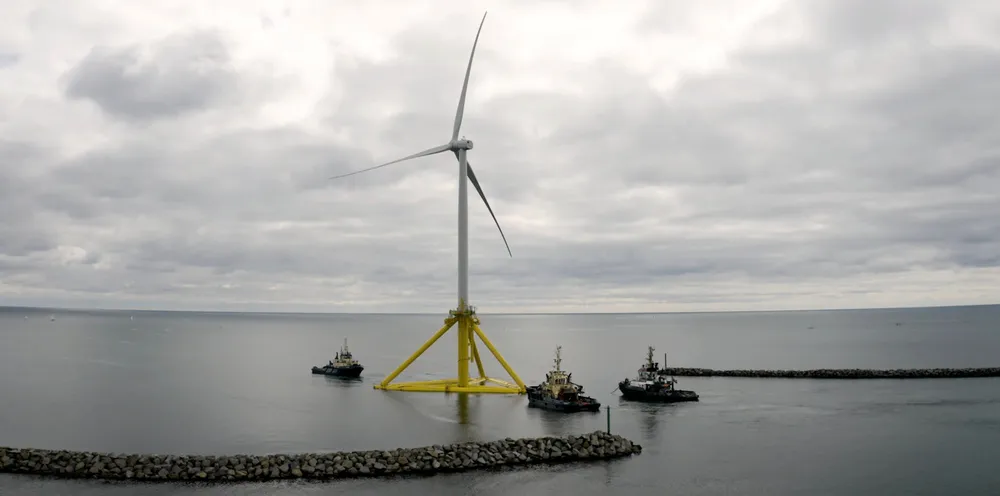Norway could see 50,000 jobs in floating wind by 2050 but 'uncertainties' cloud outlook: report
Nordic nation's emerging deepwater renewables play would generate huge employment and over $10bn in annual turnover but being delayed in development by lack of clarity of 'concrete ambitions' from government, says study from Menon Economics

The Norwegian floating wind sector could create over 50,000 jobs in the Nordic country by mid-century – equal to some 25% of current total employment in its oil & gas industry, a new report from Menon Economics has concluded.
“To succeed in a venture and hit the right decisions, it is important to have a good knowledge base, where relevant and up-to-date information about the market and the player picture are a key input.”
“Although [the country’s authorities] have been clear that they want to build a Norwegian-based industry in offshore wind, it was only in May that concrete ambitions were presented with regard to the realization of large-scale production Norwegian continental shelf,” said Nesse.
Nesse highlighted Norway’s “expertise… [in offshore] oil & gas technology has given the [domestic] supply industry a head-start” in the floating wind sector, pointing to the Menon Economics forecast that Norwegian players can take a 5-14% share of the global floating market by 2050, with some NKr100bn ($10.3bn) sector turnover per year in prospect.
“We must quickly build up a solid industry at home in Norway. The government has set a clear ambition for the offshore wind investment, and the supplier industry is ready to start,” he added, noting “legal and financial clarifications are still lacking”.